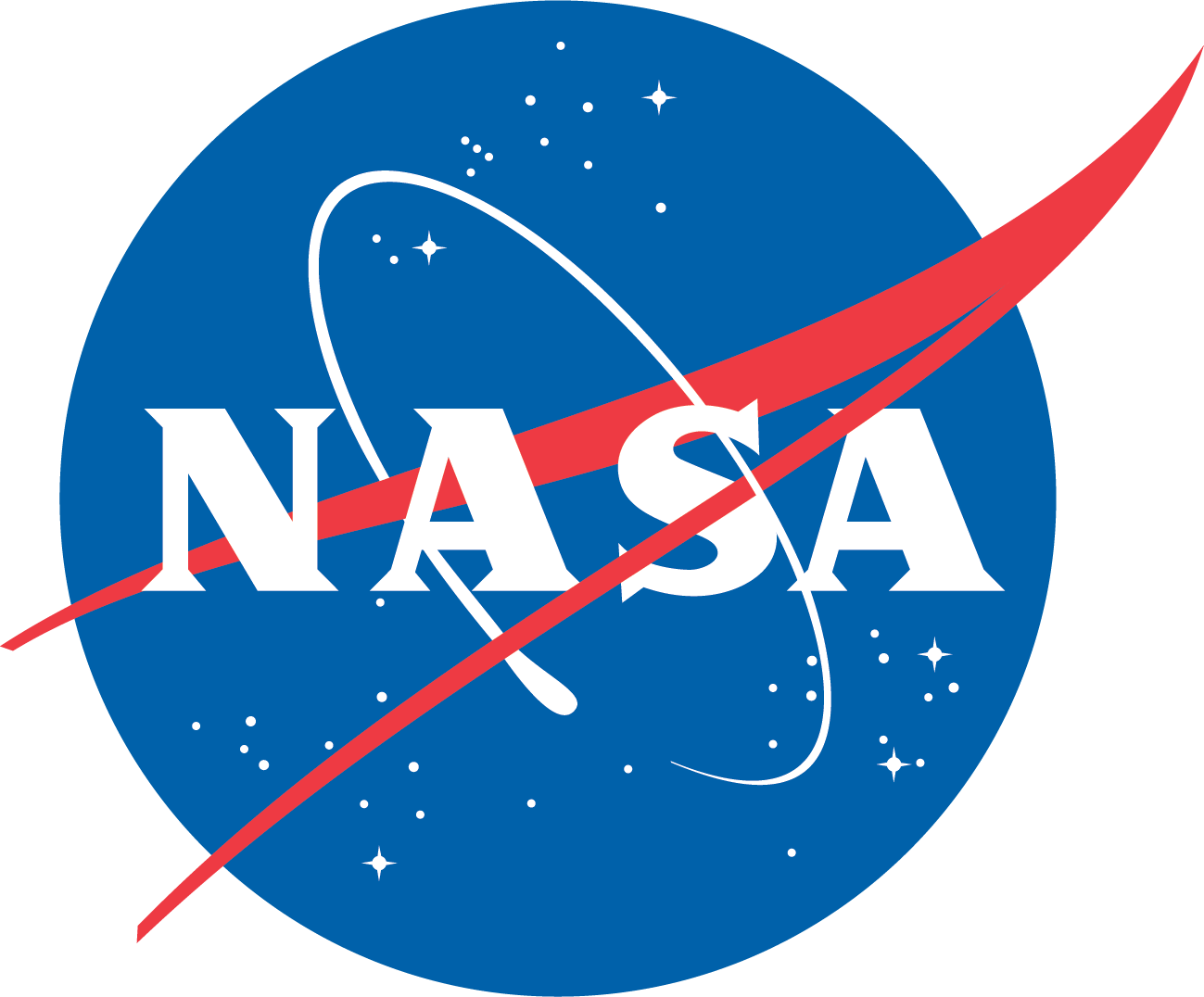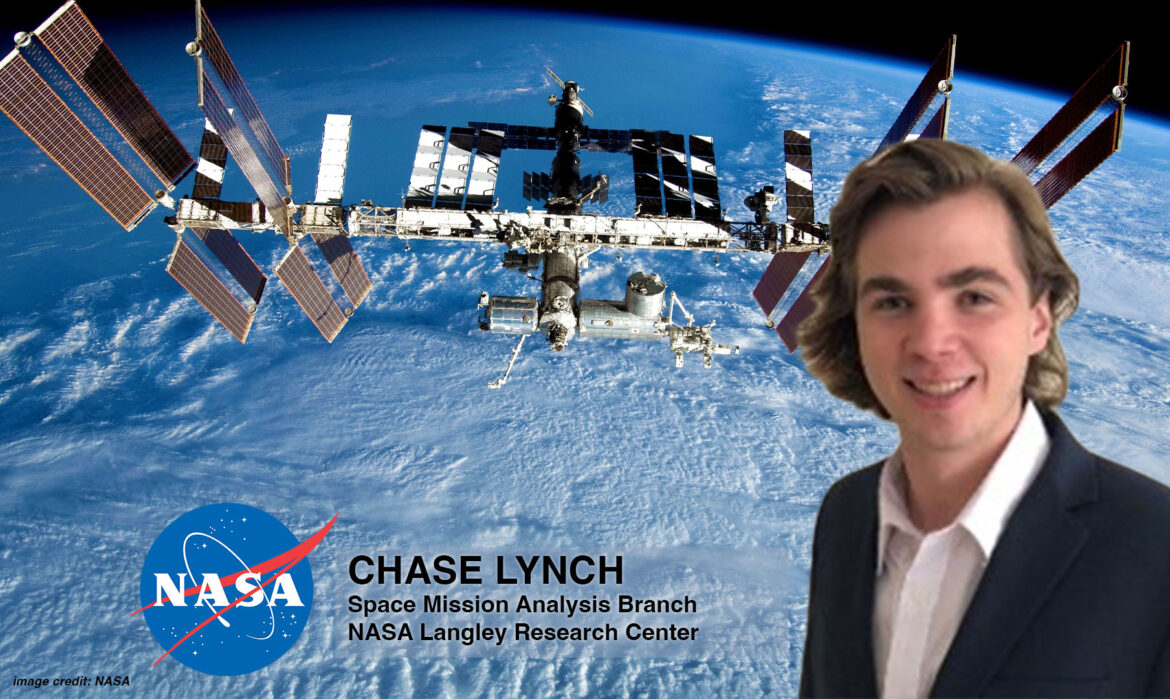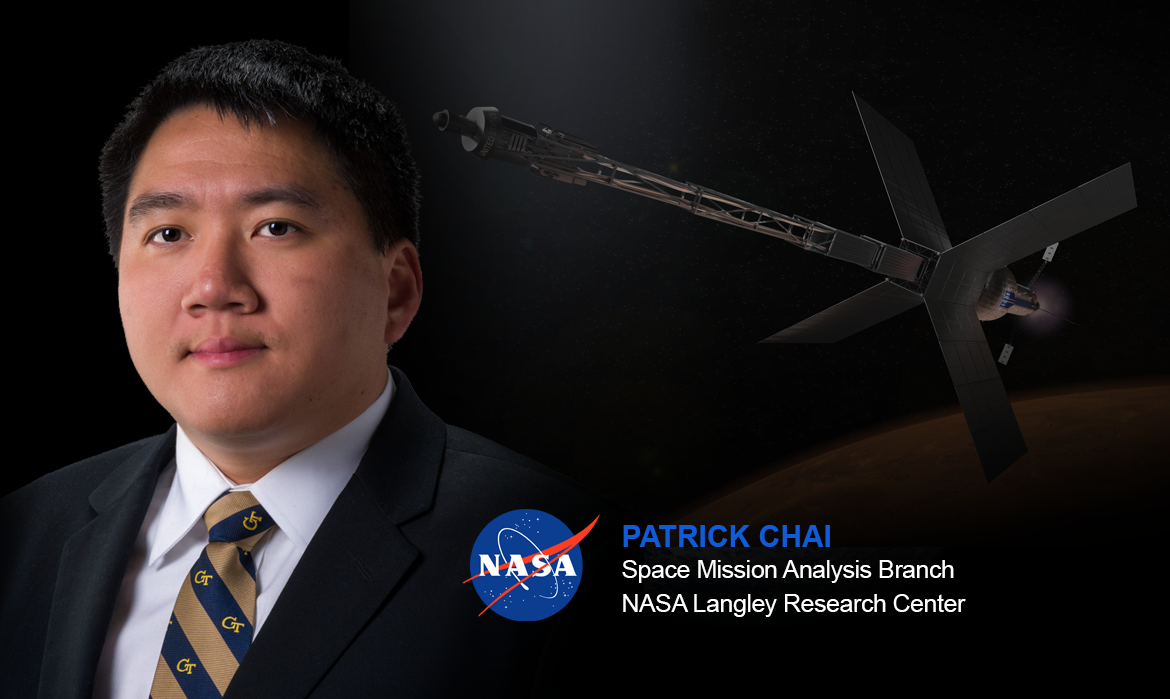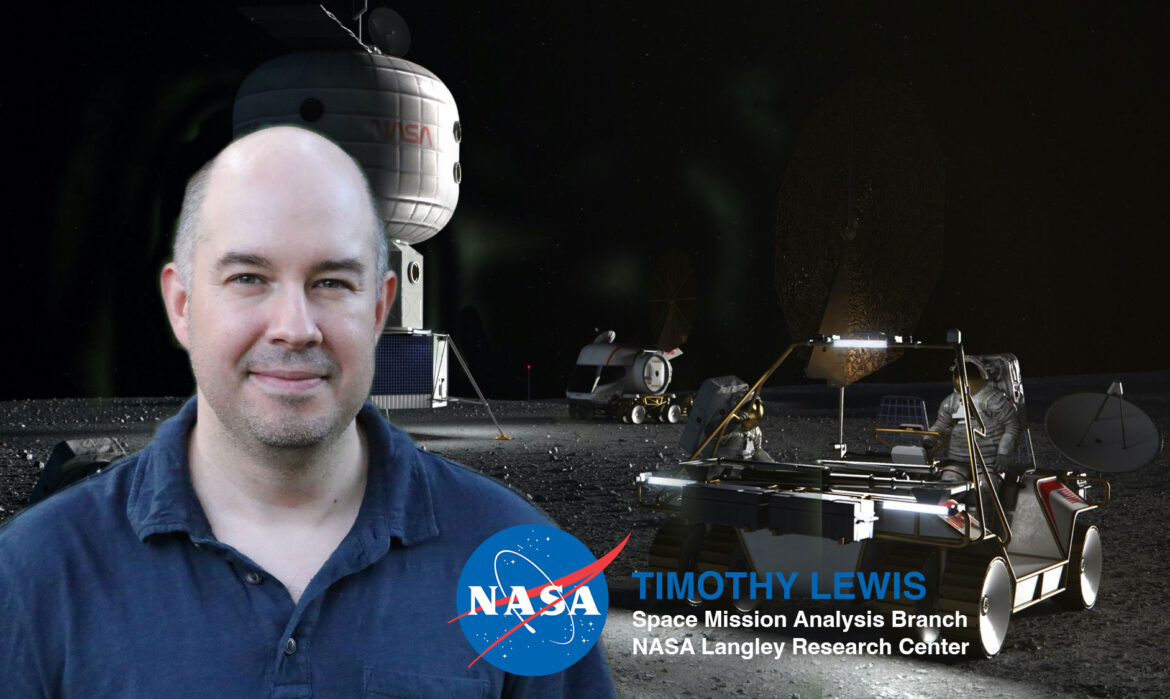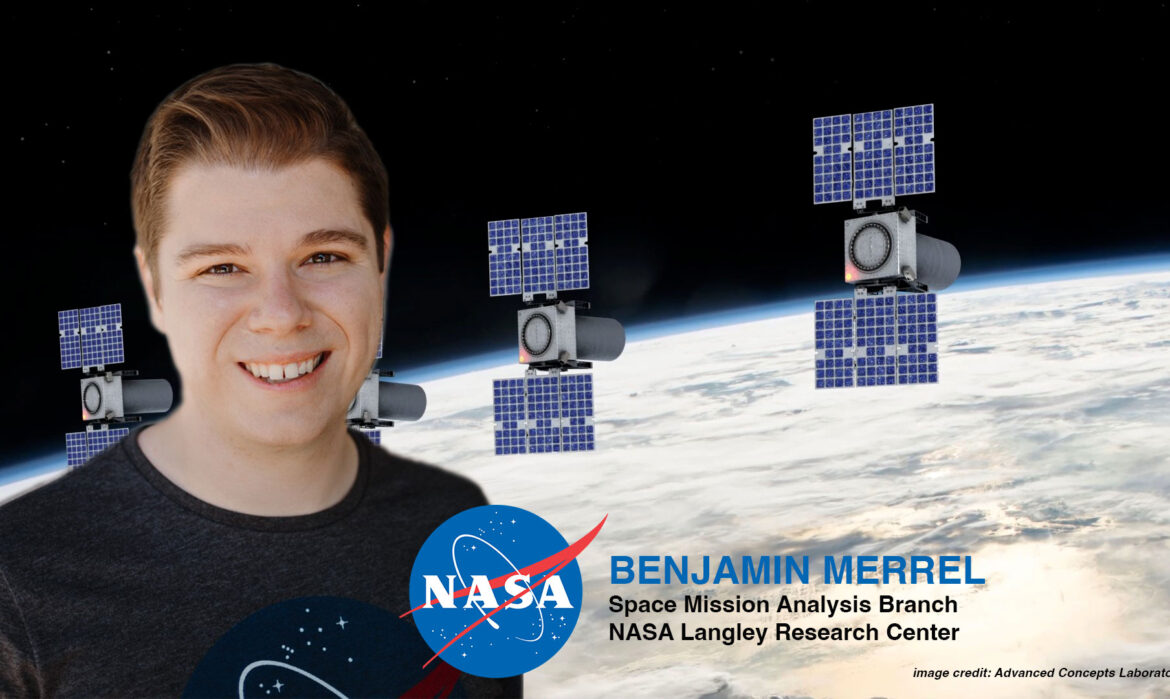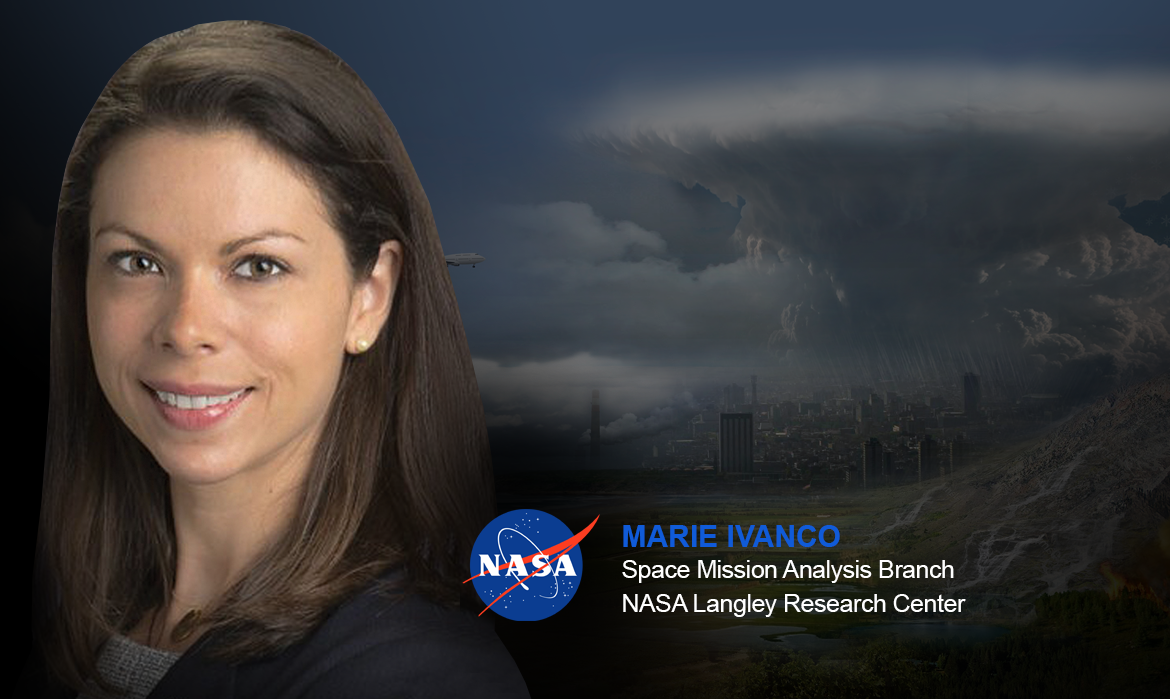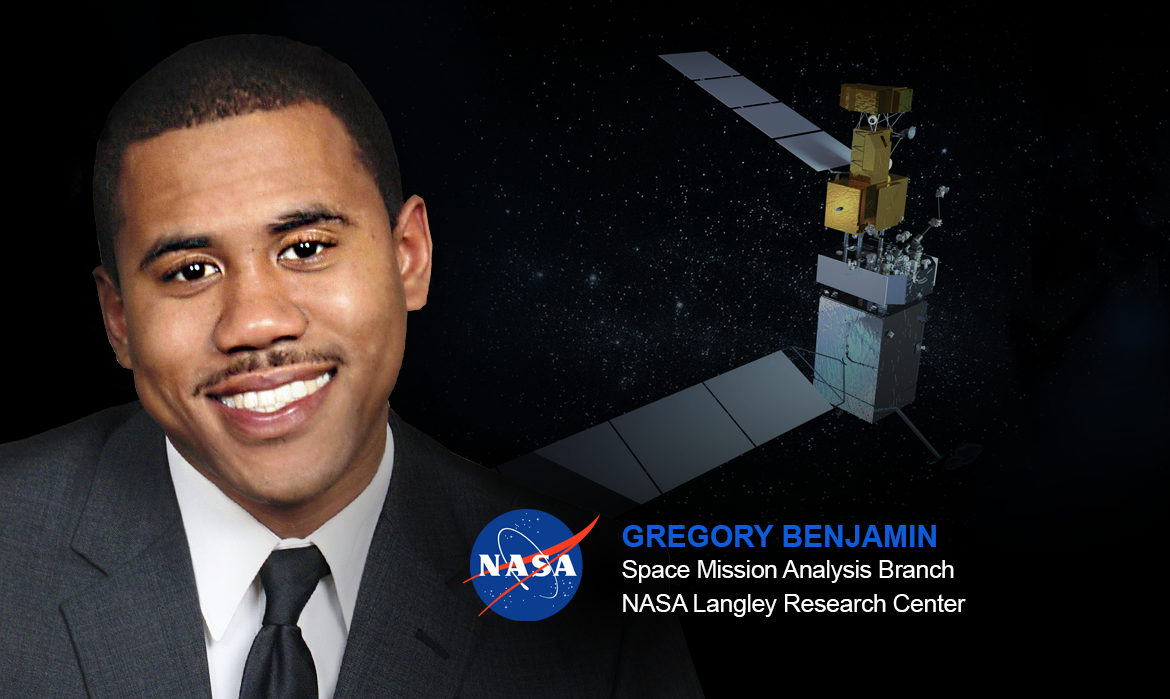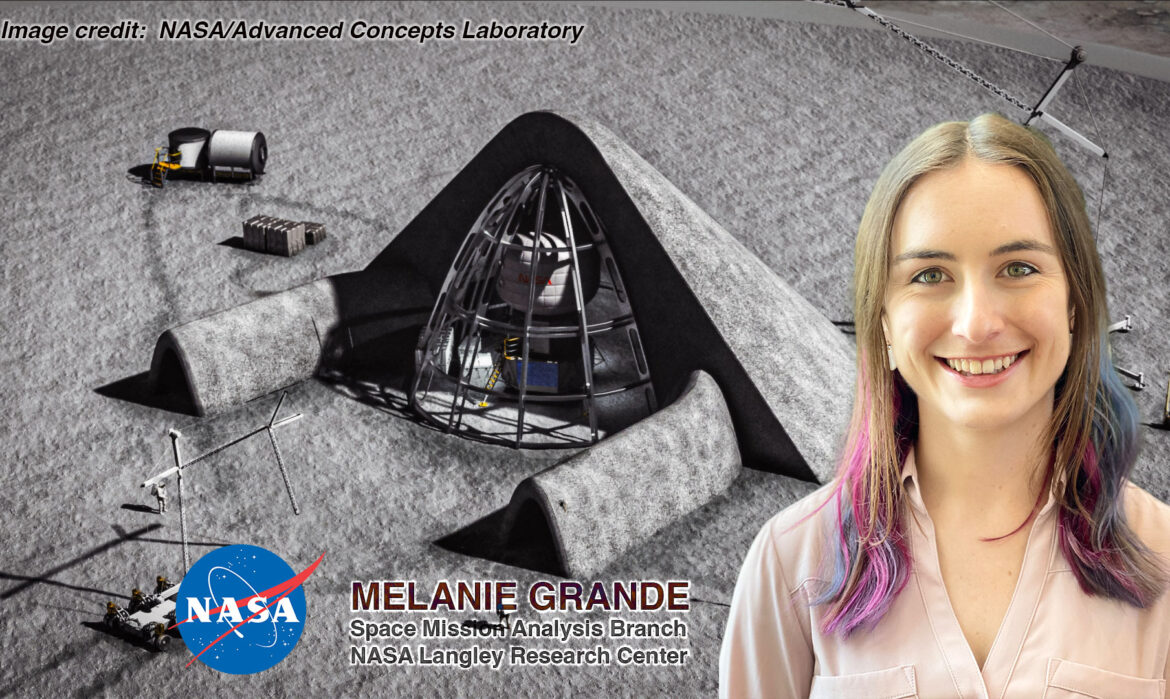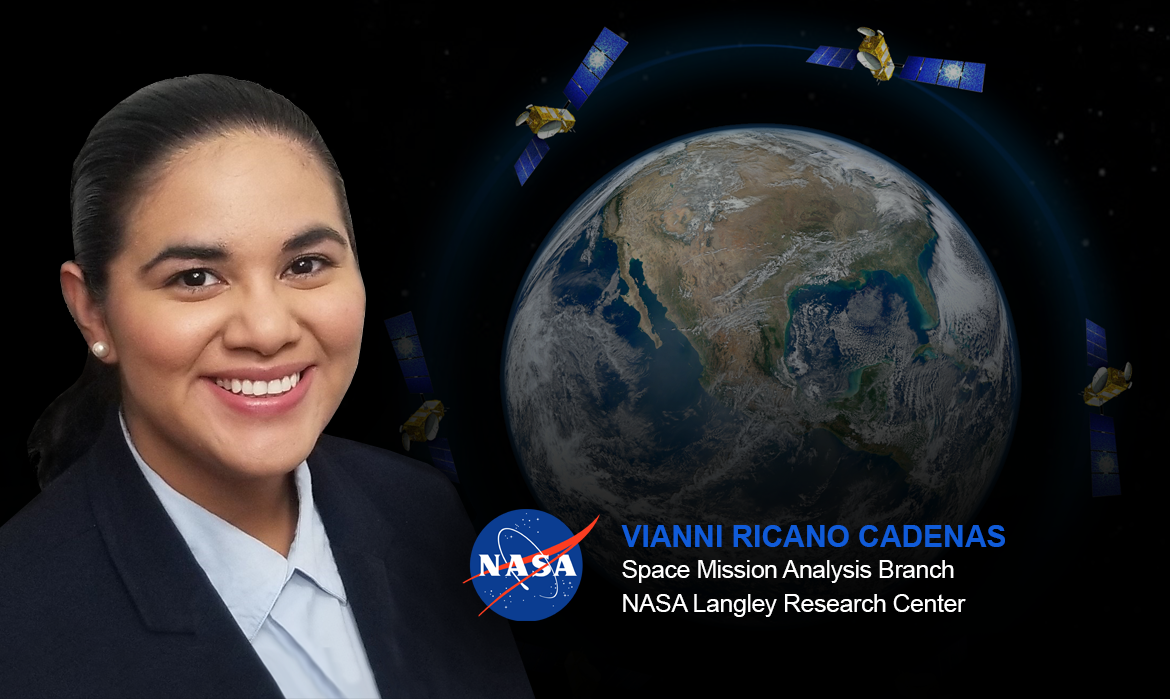Establishing a Maintenance Timeline in Space, featuring Chase Lynch
With a return to the Moon and subsequent travel to Mars and beyond, NASA is planning for longer missions in space. Astronauts have daily commitments to fulfill, from sleep and exercise to vehicle maintenance and logistics management. Time is a resource, so these schedules must be planned well in advance to strike a delicate balance between the needs of daily life and those of the mission’s objectives.
Chase Lynch is an aerospace engineer for the Space Mission Analysis Branch (SMAB), part of the Systems Analysis and Concepts Directorate at the NASA Langley Research Center (LaRC) in Hampton, VA. He’s focused on helping to create these crew timelines, particularly when it comes to maintaining the systems that make off-world living possible.
“In order to have a good understanding of what we’d like to do and what we can accomplish in space,” he says, “we have to understand what we need to do to keep the crew alive and healthy and the vehicles sustainable.”


“We have to understand what we need to do to keep the crew alive and healthy and the vehicles sustainable.”
A Hampton native, Lynch spent an internship at LaRC working with a company that performed preventative maintenance and planning across the center’s facilities.
“If you’ve ever seen a bunch of wires connected to some mechanical operation,” he explains, “that was our role, analyzing how or when something might fail.”
Applying Earth-bound Mechanical Experience to Space
Lynch joined SMAB in the summer of 2020 after graduating from West Virginia University, where he studied both mechanical and aerospace engineering. His internship experience proved invaluable as he began to develop maintenance timelines for proposed living quarters on the Moon.
“We decided to look at each specific mechanical component, so that we could map out a big picture,” he recounts.
There was a challenge, however.
“We had some historical values,” he says, “like how often a part might need to be replaced, or how often a part completely fails, but we didn’t have certain descriptions of how often you might have to tinker with something. There’s no real testing on how long it might take to fix or replace.”
Or so he thought. Turns out that there was relevant, applicable information passing right above his—and our—heads.
Hello, International Space Station (ISS)
The modular laboratory has been in low-Earth orbit since 1998, which means there is more than two decades worth of maintenance logs—a treasure-trove of data. Lynch just needed to mine it.
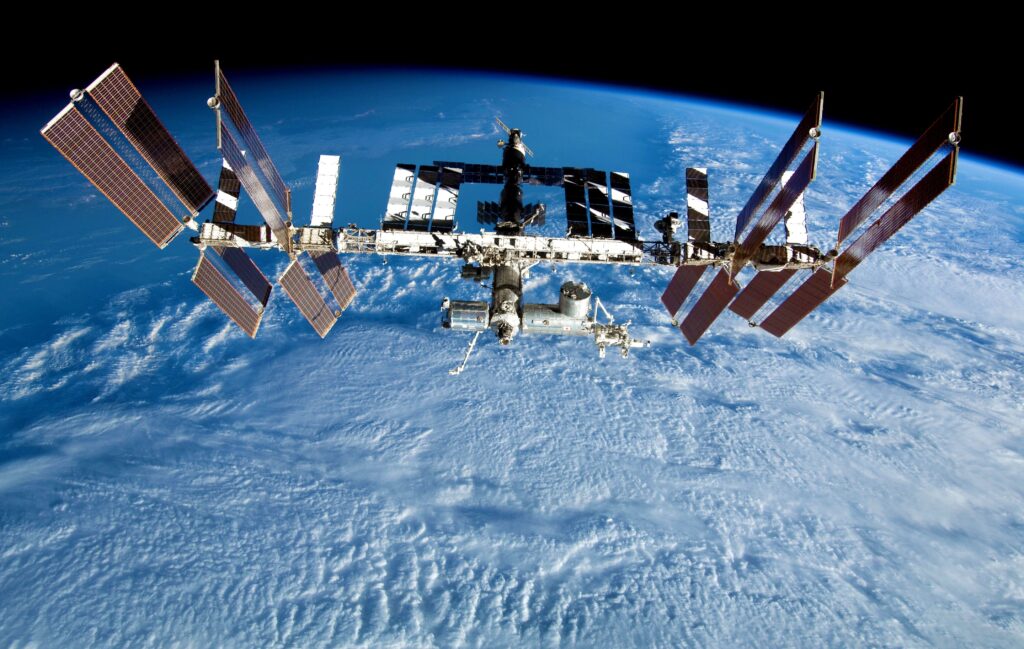
“There’s an ISS tool called OPTimIS (Operations Planning Timeline Integration System),” he says. “That’s a daily schedule planner—everything they do 24/7. Every crew activity gets logged in there. So one of our first efforts was assessing that data.”
Lynch and his colleagues went back as far as 2012 and ended up with more than 4,000 Excel spreadsheets with tens of thousands of lines of information. They combined that information with another ISS database that recorded equipment failures and repair times.
“It was just me pouring through all the data,” he remembers, “matching the maintenance logs and the OPTimIS times for each component. Then for each type of thing that they’d work on, we came up with a database for each one, what failed, how it failed, and how much time it took.”
The result was an innovative methodology that created a comprehensive reference, linking crew time to specific mechanical components when in need of repair or replacement, and allowing the development of more accurate crew schedules for future human spaceflights.
Lynch believes his work highlighted the importance of factoring maintenance into crew timelines. “This was a previously an estimate,” he says. “Now, it’s a confident, educated estimate, and we have a much better understanding going forward of what’s possible when we go out and do these missions.”
Further Reading
Assessment of Crew Time for Maintenance and Repairs Activities for Lunar Surface Missions
On Lynch’s Sci-fi Shelf
The Boys, Amazon Prime
“It’s set in a world of (unbeknownst to most) man-made superheroes, and takes a more realistic view of how people with supreme power and fame typically behave in reality, as opposed as to how standard comic books like to view superheroes. While examining the dark side of power and fame, it also reflects as how we as a western society tend to prop up and glamorize flawed celebrities, often only viewing them as the characters they portray either directly in film/television, or the ones they play for media, instead of the more-often-than-not immoral, narcistic personalities that they tend to be.”
Author: Sondra Woodward
Published: January 2023
